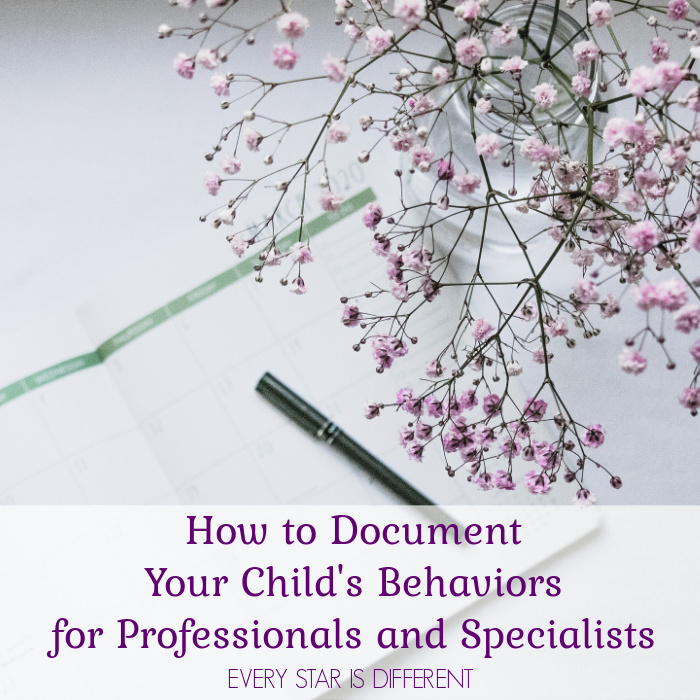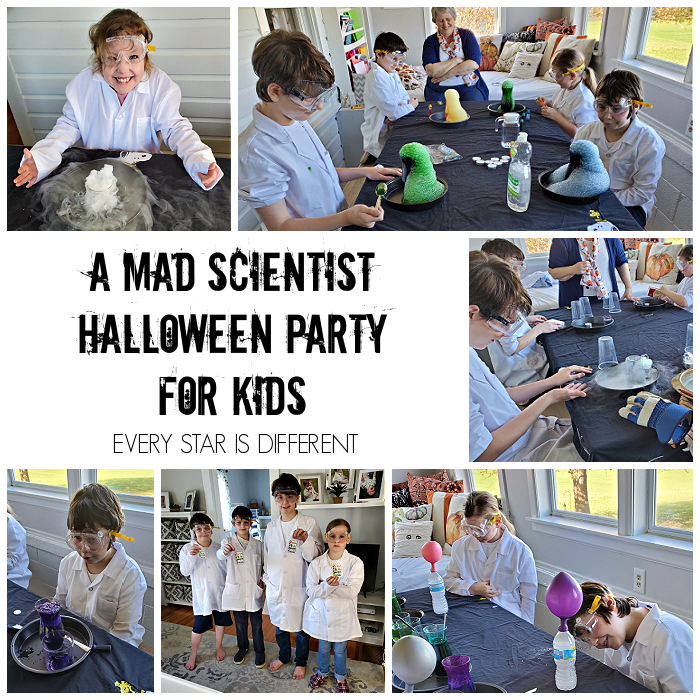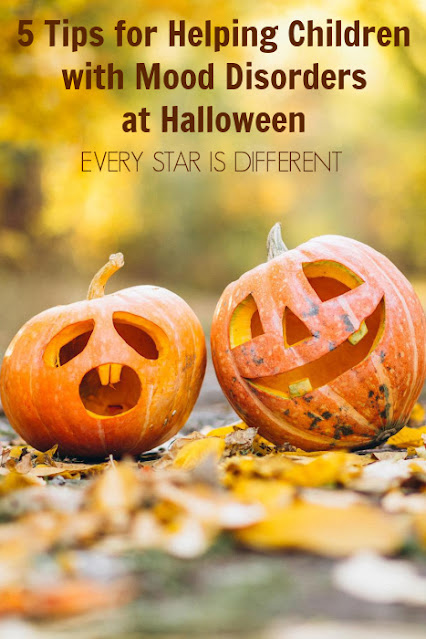Background Information about Night Terrors and Vivid Nightmares in Children with Mood Disorders
Two of the symptoms of bi-polar disorder in children are night terrors and vivid nightmares.
Demitri Papolos, MD., and Janice Papolos in The Bipolar Child (one of my favorite books) share:
"Many bipolar children suffer night terrors from which they awaken screaming with fright. Sometimes they cannot even be awakened but remain in a semiconscious state while they continue to experience some frightening event. When they revel their nightmares, what stands out is the content.
They dream of being chased by sharks or monsters, but where typically a nonbipolar child wakes up just before the teeth pierce an arm or leg, a bipolar child doesn't--the jaws surround the arm or leg, teeth crunch into the skin, and bone and blood fill the water. Their dreams are often filled with blood and gore."
In the article "On Diagnostic Gore in Child Child's Nightmares," Dr. Charles Popper from Harvard Medical School wrote,
" As bipolar children talk about these dreams, they report the explicit appearance of blood (not just imagined or inferred, but actually visualized blood) and descriptions of mutilations of bodies, dismemberment, and the insides of body parts. Their dreams are considerably more affectively intense than regular nightmares.
Dreams of fighting are quite common. In the fighting dreams of children or adults with mere anxiety, a knife may be pulled out and brought in to attack, but the dreamer wakes up just before the knife enters the skin or rips the clothing.
For bipolar children, the knife goes in, the blood is seen, and the dream may continue at considerable length and with explicit visualization of gore... Where the 'newsreel' of a dream story normally stops, the 'newsreel' in the bipolar children keeps going."
Dr, Popper continues,
"In these individuals, it is as though their unconscious sensors of painful affect are not working, even in their dreams."
We know what this is like first hand, as we've tried to help Sunshine with her mood disorder.
The Challenges of Halloween and Children with Mood Disorders
Many children with a mood disorder are also obsessed with blood and gore.
Night terrors and horrific nightmares are incredibly difficult for caregivers, as they can feel helpless and somewhat disturbed, but then comes Halloween taking things to a whole new level.
Halloween season is particularly challenging. The world around us becomes filled with the scary content that these horrific dreams are made of.
A child with a mood disorder may seem very passionate and somewhat obsessed with all things scary, yet in reality, she is absolutely petrified, which then leads to more behaviors and possibly more nightmares.
So how does one help a bipolar child be okay during Halloween?
5 Tips for Helping Children with a Mood Disorder at Halloween
Over the years we've learned of several ways to help Sunshine through the Halloween season. There is a delicate balance between avoiding behaviors and worsening nightmares and allowing her to have fun at Halloween.
We hope these tips help your child and you as you navigate the challenging of being a caregiver during this difficult time.
1. Avoid scary things.
Really take time to observe your child and how she responds to each and every Halloween character. This isn't just about avoiding the scary ones. Sometimes a character we may think is not scary, actually is due to nightmares the child has had.
If you notice obsessions or perseverations, there's a good chance that your child is petrified in one way or another by the character in question. Remove all experiences related to this character, including decorations, books, etc.
Be aware that even cartoon versions of characters can be scary. Sunshine is petrified of so many.
2. Focus on nonfiction themes and facts
Each Halloween we try to focus on facts instead of fiction. We may study cats, specifically the black cat. Other years we studied bats and arachnids.
The goal is always to empower Sunshine with information to help her avoid more anxiety and nightmares. It's not enough to know characters are pretend, so we try to fill her mind with facts that are real.
3. Avoid trick-or-treating or other Halloween functions with scary characters and/or objects
When possible, we avoid trick-or-treating or any location or event that may include scary characters or objects. This is a challenge, but it helps behaviors and nightmares significantly.
Instead we focus on fall harvest themed activities such as apple picking, hayrides, visiting a pumpkin patch, playing in the leaves, etc.
Halloween night, we throw our own non-scary Halloween party to ensure Sunshine doesn't miss out on the holiday and she remains safe and okay.
4. Create a Halloween Sensory Kit that provides safety and comfort.
No matter how hard we try, children with bipolar are still going to be frightened by unexpected scary experiences that occur during the Halloween season, whether it be a commercial on TV, decorations in someone's lawn, or something they see at the grocery store.
It's this time of year that I try to make sure that I have a Halloween sensory kit on hand for Sunshine. When she's frightened, she can immediately grab sensory friendly comfort items and self soothe until she feels better.
Sunshine's favorite sensory items include a flashlight, Peanuts Halloween blanket, and Snoopy stuffed animal.
To her, It's the Great Pumpkin, Charlie Brown is not scary. She often focuses on the story, specifically the character, Snoopy, to help her during the season.
5. Create calming and consistent bedtime routines that ease anxieties and focus on positive experiences.
A lack of sleep can increase behaviors and nightmares.
Stress at bedtime can increase behaviors and nightmares.
It is extremely important to make bedtime as calming and routine as possible.
In our home Sunshine takes a lavender scented bubble bath before bed. She is then lathered in lotion. Teeth are brushed, hair is combed. Stories are read. When it's time to sleep, she listens to lullabies with an adult within her sight, until she falls asleep.
This routine doesn't chase away all nightmares, but it definitely helps them occur less often.
Raising a child with bipolar can be incredibly hard for the caregivers and the child. Halloween can make things ten times worse, if you're not prepared.
We hope these tips help lessen behaviors and nightmares, providing rest for all.
For those who would like to learn more about bipolar disorder and other mood disorders in children, be sure to subscribe to our free newsletter by clicking the link below.
If you enjoyed this post, you may also enjoy the resources below.












No comments:
Post a Comment